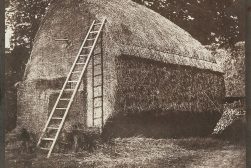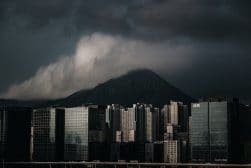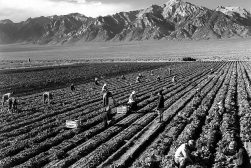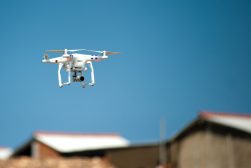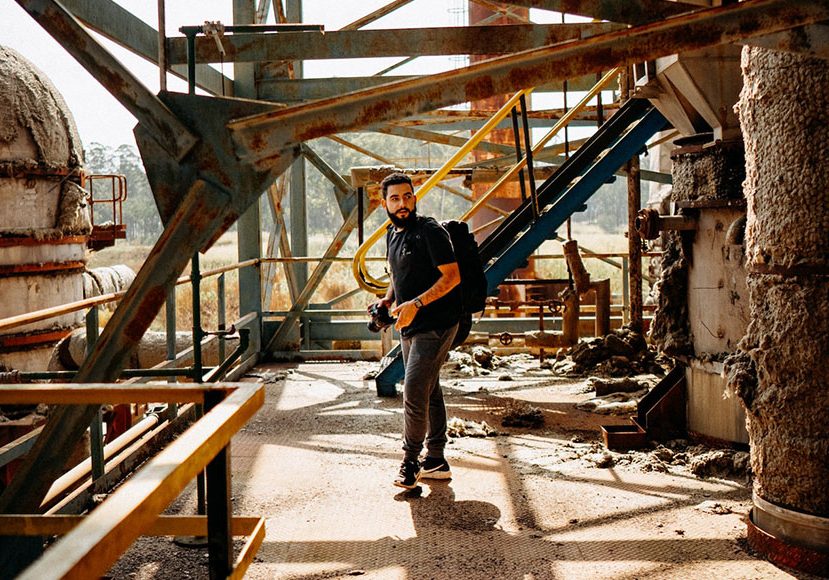
Urban Exploration Photography Guide (URBEX)
Interested in learning how to do urban exploration photography (urbex)? Here's everything you to need to know, from the right gear to safety and legal issues.
Learn | By Ana Mireles
Have you heard about urban exploration photography? Maybe you know it by its short name, urbex.
Basically, the photographer becomes an explorer. The idea is to find forsaken places and take amazing photos of them.
The excitement comes both from the hunt and from the unique photos you can get.
This type of photography has become very popular in recent years, but it’s not as easy as it sounds.
There are legal implications and potential risks to urban exploration photography. In this guide, I’ll tell you how to find locations in a legal way.
I’ll also give you some safety advice – from prepping your bag to the potential risks. Lastly, I’ll also include amazing examples for your inspiration.
Table of Contents
What is Urban Exploration Photography?
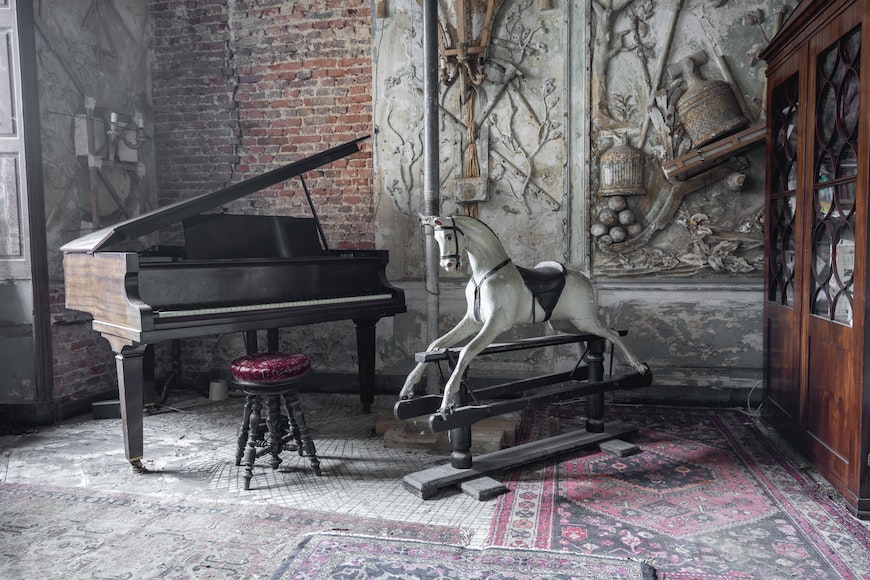
Credit: Sonny Vermeer
Urban exploration photography (AKA Urbex or UE photography) is a branch of urban photography. It consists in taking photos of forgotten places as long as there are human-made constructions on them.
The idea is to photograph the decay, the way nature takes back the land, how the urban development changes, etc.
You can take urbex photos of old factories, abandoned structures from the steel industry, out-of-use hospitals, and even regular houses no longer inhabited.
People who practice this type of photography are called urbex photographers, urban explorers or urbexers.
Many of them practice this activity illegally by entering the premises without the proper permits.
If you’re interested in urban exploration photography, we advise you to stay within the legal boundaries. Further in the article, I’ll talk more about the potential consequences of not doing it.
Due to the nature of the locations, it can be a dangerous hobby or profession. So, it’s always important to take precautions and stay alert.
How to Get Started with Urbex Photography
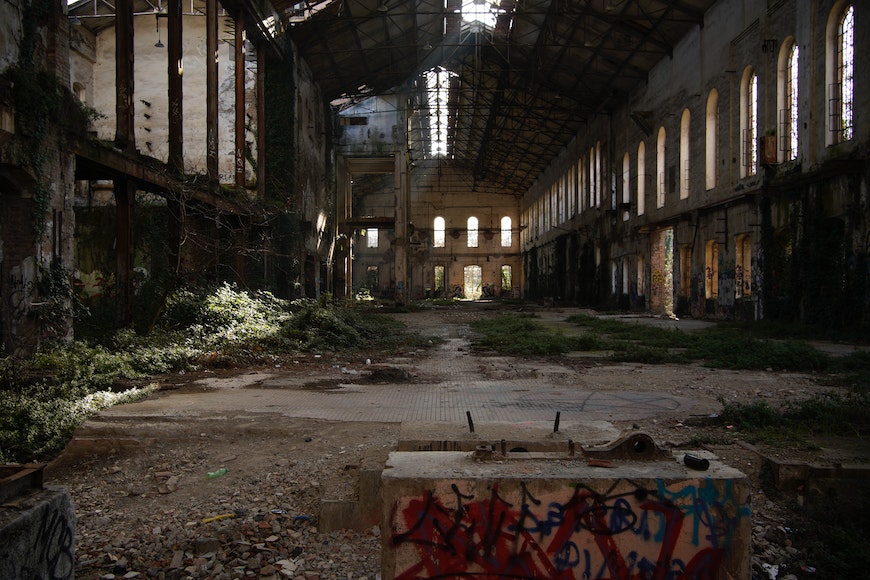
Credit: Giuseppe di Maria
Are you interested in practising urban exploration photography? Here are some tips on how to get started.
Get Informed
The first step before diving into urbex photography is to know the local regulations. This way, you’ll know what you can do and what’s off-limits.
Wander around
The biggest quality of an urban explorer is curiosity. So, the best way to start is simply by exploring your home town.
Walk around the streets and look for an abandoned building, talk to your neighbours and enquire about historical places, etc.
You’ll be amazed at how many abandoned sites are just around the corner. Being your own town, it should be easier to get information about the owner or request a permit from the municipality.
That’s why the best place to start in urban exploration photography is close to home.
Research online – how to find abandoned places
There are many ways to find your next shooting location. A Google search is the easiest way to start. You’ll probably be directed to Urbex websites, where you can find some suggestions.
There are also tour guides or agencies that organize urbex trips. Plus, some history and art associations often open usually inaccessible places for special occasions.
You’ll also probably find news related to the decay of the city, a building that’s going to be repurposed, etc.
Another useful tool is Google Earth. Here, you can look for a location and often see how it’s inside. This will help you to plan what to bring and the best time of day to visit.
Join an urbex community
In recent years, urban exploration photography has sparked a lot of interest. As a result, like-minded people have come together and created urbex communities.
You can often find them online, but sometimes they also gather in person – at a local photographic club, for example.
The point of an urbex community is to share tips that can be anything from camera settings to safety advice.
They also share their photos to give inspiration to one another.
Within the community, you can also ask for advice on how to ask for the required permits or enquire about the owner of a property that you’re interested in exploring.
Sometimes, the communities also organize trips to visit a location together. This way, it’s safer for everyone.
What Gear Do You Need for Urbex Photography?
The most important thing you need for urban exploration photography is a camera with the proper lens. I’ll go into more detail about those in just a moment.
You’ll also need a good camera bag where you can also bring some non-photographic gear like torches, protection or first aid materials.
Some photographers like to use a tripod – for example, Max Boncina and David de Rueda. This is because most locations don’t have enough light.
Others prefer to work without a tripod because it allows them to travel lighter. Also, because often the floor isn’t too stable in abandoned buildings and other urbex locations.
The same thing applies to Speedlites or portable LED lights. Some people like them, while others prefer to stick with natural light.
What Are the Best Cameras for Urbex Photography?
As I always like to say, the best camera is the one that you have. Urban exploration photography doesn’t have many technical requirements.
So, you can become an urban explorer using your smartphone or the most professional camera. However, there are some characteristics that can make some cameras better than others for this task.
The first thing you need to know is what you plan to do with your photographs. If you’re doing urban exploration only for yourself – even a smartphone camera will do.
Instead, if you want to publish them or sell them as fine-art prints – you need a camera with high resolution.
The next consideration to make is that often, you’ll be working in low-light conditions. Most abandoned places have the windows blocked by tree branches and other elements. Of course, you won’t have electricity either.
So, you’ll need a camera that performs well in low light and can handle a high ISO without introducing too much noise.
Another consideration to make is the size and weight of the camera. abandoned sites aren’t always easy to reach. That’s why many urban explorers prefer mirrorless cameras. If you’re not concerned about large prints – consider using a micro four-thirds.
Here are some popular camera choices for urban exploration photography.
- Sony a7 R III – Recommended by urbex photographer Max Boncina.
- Nikon Z6 – Recommended by firefighter and freelance photographer Andre Joosse.
- Canon EOS R50 – Used by Giuseppe Vitagliano.
- Fujifilm X Pro1- Reviewed and recommended for urban exploration by Andy Feltham.
What Are the Best Lenses for Urbex Photography?
A wide-angle lens is the most popular because you’re photographing buildings, interiors, factories, etc.
However, a normal lens is also popular – especially because it’s usually affordable and has a very wide aperture.
A telephoto lens is not so popular, but it may be necessary for detailed photos – especially if you want to photograph something that’s difficult to access. This often happens in urbex sites because the stairs might be rotten, or there’s a bim that fell off, etc.
Here are some popular choices.
- Sony FE 24-70mm / FE 16-35mm / FE 55mm
- Nikon – 14-24mm / Nikkor 14-30mm
- Canon 11-24mm / 16-35mm / TS-E 24mm
- Fujifilm 23mm / 16-55mm
- Irix 11mm for Canon or Nikon.
What Do You Need in Your Urbex Backpack?
First of all, you need a good backpack. Make sure it’s comfortable to carry for long distances, and it properly protects your gear. This means that it should be weatherproof and have enough padding to prevent any damage to your lenses and camera.
Here are some essentials you should always carry with you.
Torches – this is a must-have as abandoned buildings don’t have electricity anymore, so it will help you to find your way around. You can use them for light painting too.
Gloves – these are both for cold and for protecting you from sharp edges, debris, etc.
Face mask – in an abandoned building, there’s often dust and even more toxic things like mold. So, wearing a face mask can be useful.
First-aid kit – roaming around lost places, it’s easy to get hurt. So, bringing some basic first-aid materials is important.
Antibacterial wipes/gel – whether it is to clean your hands or a piece of equipment, these are always helpful.
Protein bars and water – if you’re taking long urban exploration trips, it’s important to stay hydrated and keep up your energy.
Power bank – you may need to use Google Maps if you get lost or may have to contact someone if you get hurt. Either way, you don’t want your phone to remain without battery.
How to Stay Safe While Doing Urbex Photography in Abandoned Buildings
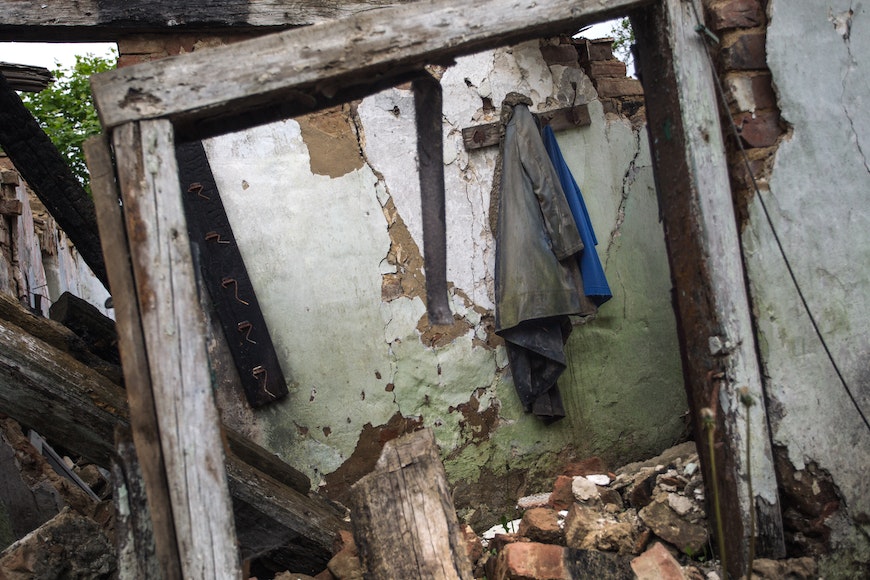
Credit: Marek Piwnicki
It’s always a good idea to go exploring with a friend. Also, let people know where you’re going and how long you’re going to be away.
Using protective gear is also important. Wear thick clothes and work boots to prevent scratches, cuts, and other injuries. A pair of gloves and a face mask are also helpful.
Be aware of where you put your feet. The floors aren’t always solid; wooden stairs might be rotten, etc. So, use a walking stick or your tripod to make sure it’s safe to keep walking.
Don’t get so distracted by your shooting that you forget about safety. Check any noise that you hear, as it may be a piece of concrete that’s coming off, don’t lean on a wall before checking for loose cables or a rusty nail sticking out.
Basically, keep your eyes open. In this regard, it’s also important to go during the day and leave before it gets dark.
Obviously, be careful not to create any damage either.
Urbex Legal Issues
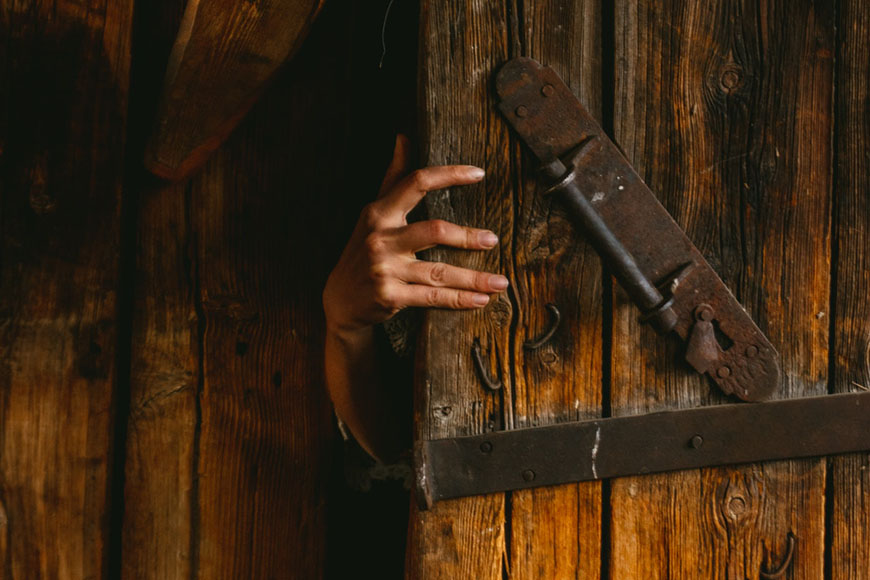
Credit: евгения-прохорушкина
If you take photographs on private property, you need the owner’s permission to enter and a release to use the photographs.
However, because they are abandoned, many people don’t even think about these issues. This has led to many urbex photographers getting fined and even arrested.
It’s important to remember that entering a property without permission is considered illegal trespassing. Depending on where you live, this may be a crime or even a felony – meaning that you can get fined and even end up in jail.
When the premises are restricted, the trespassing is immediately considered a felony – so you’ll get arrested for sure.
Please consider that there’s no need for a sign or a closed door for it to be private property. Even if you can arrive at the front door and open it without the need to break anything, it’s still trespassing.
If you happen to cause damage to the property – you add vandalism to the charges. Damages can be anything from graffiti to broken glass.
There is no need to break the law or get into trouble. I encourage you to follow the proper steps and request the necessary permits before entering a private property.
First of all, research the regulations in your area or the ones from the country you intend to visit. Then, find the spots you want to photograph and look for the owners, talk to the security guards, or visit the municipality.
I’m sure that you’ll find a way to get in touch with the owner or manager so you can request permission. If you don’t, simply move on – there are plenty of abandoned buildings to explore.
A word to the wise – any permission you get, make sure it’s in writing. This way, you can prove that you’re allowed to be there if somebody asks. It will also serve you if you want to publish or sell those photographs later.
Once inside, make sure you stay safe, and you don’t cause any damage.
What Is the Urbex Golden Rule Every Urban Explorer Must Know?
The golden rule for urban exploration states, “take nothing but pictures, leave nothing but footprints”. Some urbex photographers also include “break nothing but silence”.
However you want to say it, the sense is the same. You shouldn’t damage the property or contribute to a faster state of decay.
It’s also important not to interfere with how things were left by the previous residents. This gives urban exploration photography its touch of authenticity.
The golden rule is meant to respect the history of the place and its past inhabitants, the current owners, and your fellow urban explorers.
7 Awesome Examples of Urbex Photography
Here are a few ideas for your inspiration.
Example 1 Sports facilities
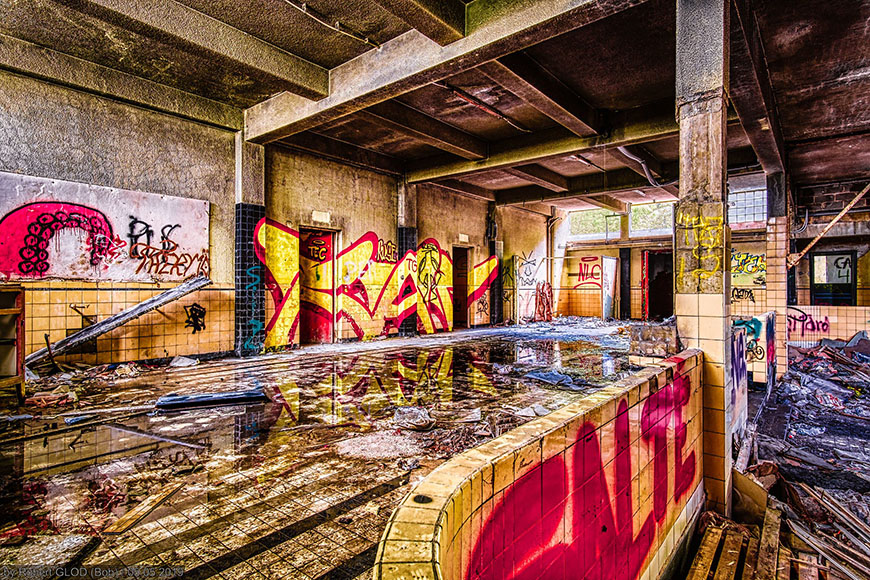
Charleroi Urbex – Piscine Solvay. Credit: Robert Glod, CC BY-NC-ND 2.0 DEED, via Flickr
Example 2 Railways
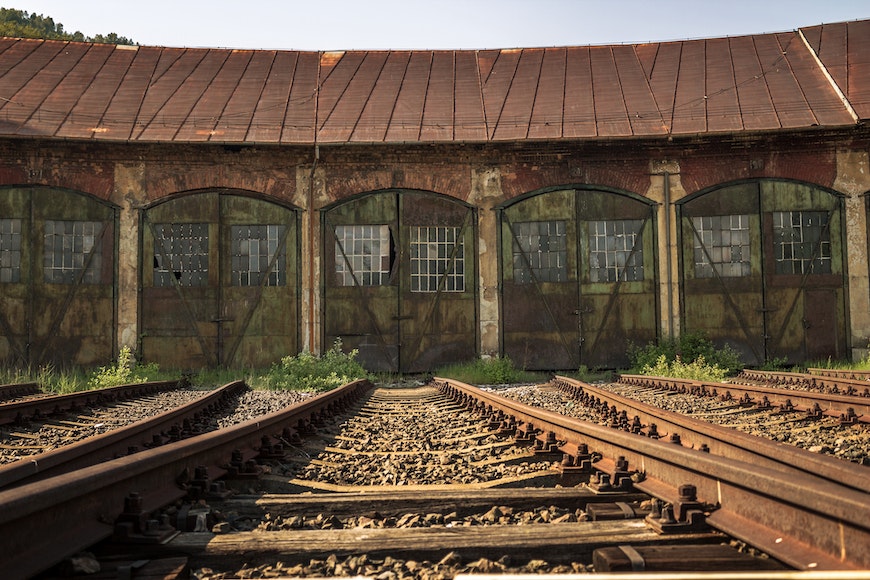
Railroad tracks. Credit: Pixabay
Example 3 Abandoned hospitals
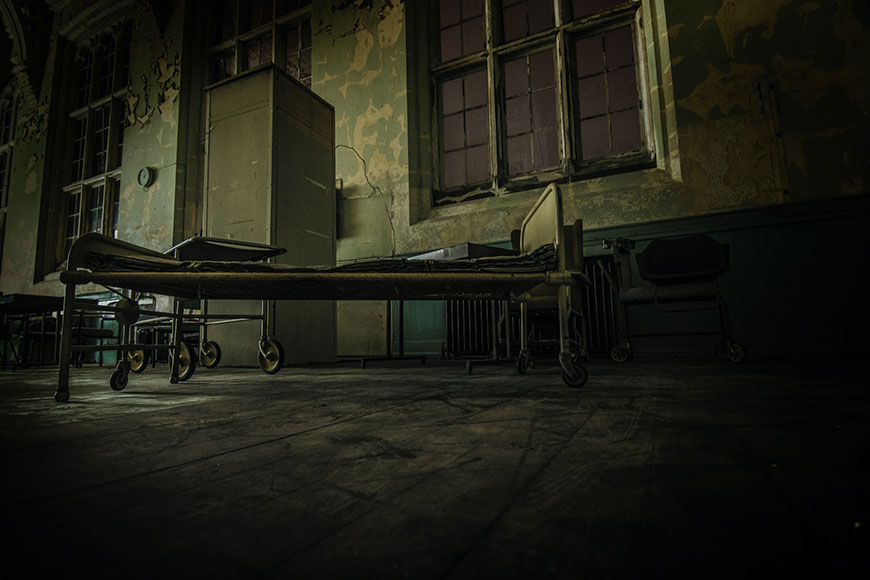
Abandoned asylum in Liverpool, UK. Credit: Jon Butterworth
Example 4 Industrial sites
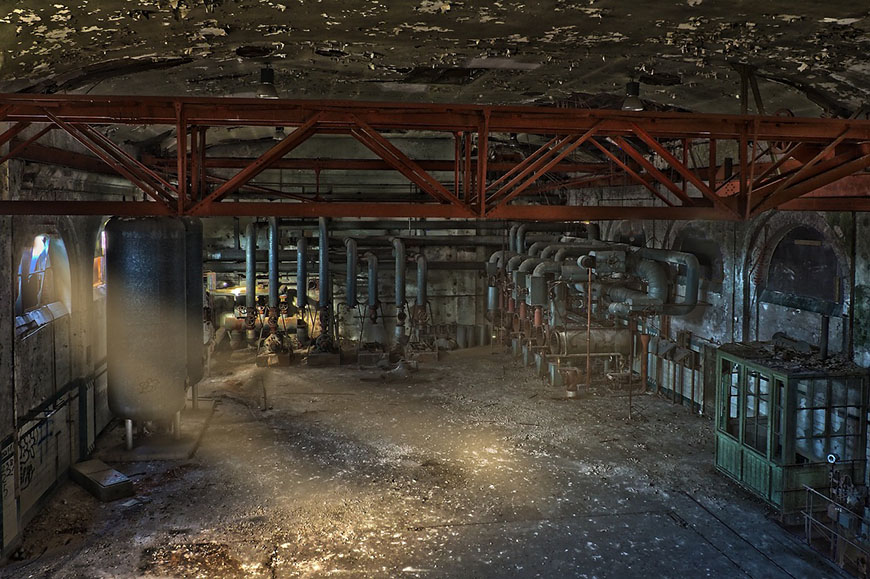
Lost places, Fabrik, Urbex. Kostenlose Nutzung. Credit: 652234 via Pixabay
Example 5 Nature overtaking structures
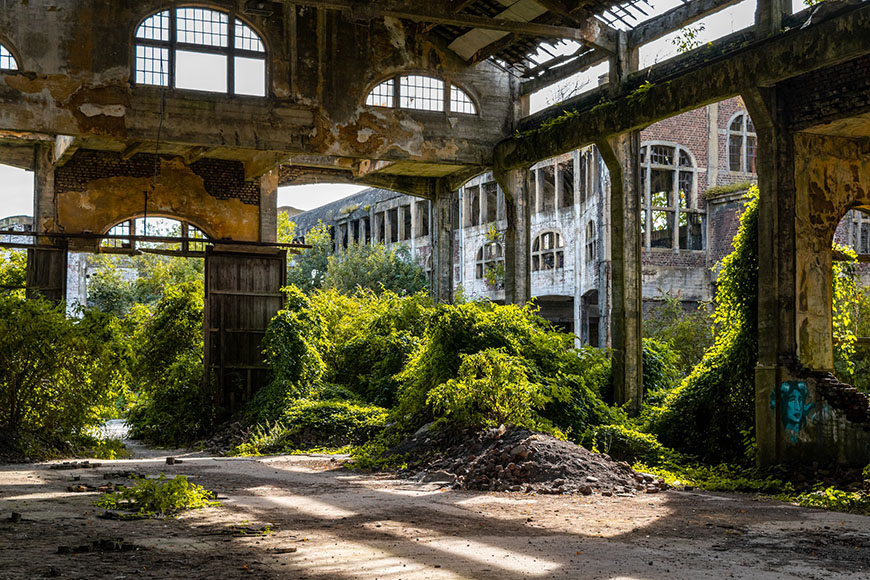
Credit: Cedric Dhaenens
Example 6 Hangars and plane wrecks
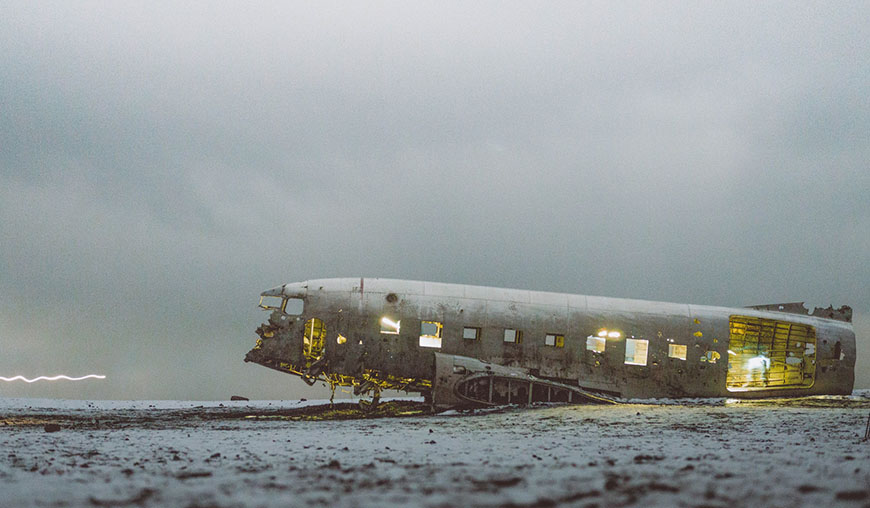
Solheimasandur Plane Wreck, Iceland. Credit: Collins Lesulie
Example 7 Urbex light painting
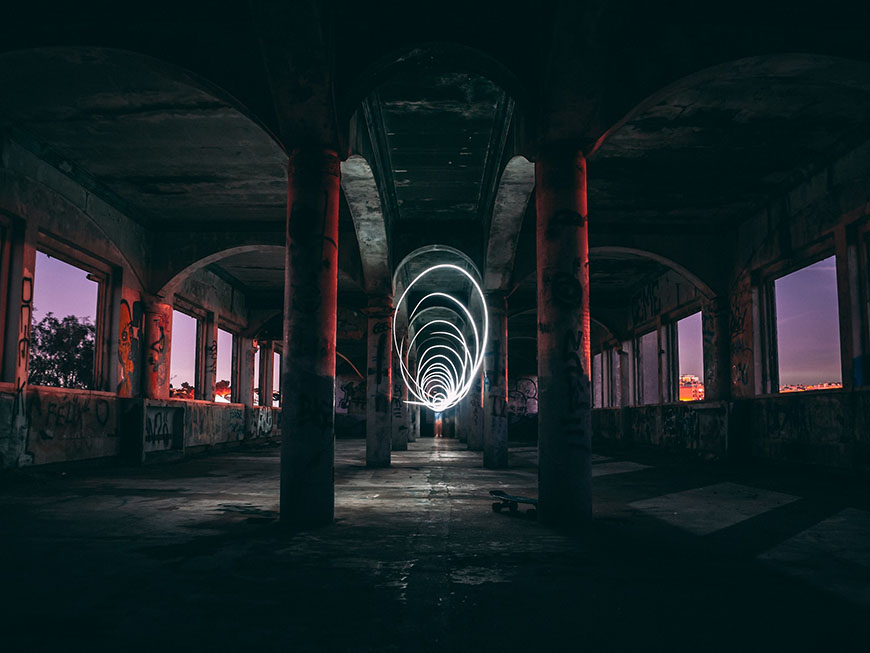
Credit: Ricardo Rocha
Who are some famous Urbex Photographers to follow?
Here are some notable urbex photographers to follow:
- Bryan Sansivero: Known for his haunting images of abandoned places in the U.S., especially old mansions and asylums.
- Henk Van Rensbergen: A Belgian pilot who explores abandoned places around the world during his layovers. His series “Abandoned Places” is particularly well-known.
- Rebecca Bathory: She has traveled to over 70 countries capturing dark, atmospheric images of derelict locations. Her book “Orphans of Time” showcases some of her best work.
- David de Rueda: Known for his exploration of Europe’s abandoned places, from Chernobyl to forgotten World War II sites.
- Mirna Pavlovic: Her work often delves into the stories behind the abandoned places she photographs, adding depth to her images.
- Romain Veillon: A French photographer who has explored and photographed places like abandoned theme parks, derelict mansions, and more.
- Andre Govia: A UK-based photographer who has explored over 800 abandoned locations and has a significant following on platforms like Flickr.
- Seph Lawless: An American photographer and activist known for his documentation of America’s most abandoned places and their stories.
- Tom Kirsch: His website, Opacity, documents his explorations and has become a resource for many in the urbex community.
- Matthew Emmett: Known for his exploration of forgotten industrial sites in the UK.
FAQs on Urban Exploration Photography
Is urbex illegal in the US?
Urban exploration is not illegal as an activity. The illegal part is entering a property without permission – even if it’s only for taking pictures. So, if you have permission to visit the abandoned place you want to photograph, it’s not illegal.
What are the dangers of urbex?
Exploring abandoned places can be dangerous because the construction may be unstable. This means that you can fall or suffer injuries from broken glass, concrete falling, etc.
It’s also hazardous because there may be mold, asbestos, or other toxic materials. These are just some of the hazardous situations you’ll face when doing urban exploration.
What is an urbex site?
Urbex sites include all sorts of abandoned locations. They can be industrial areas, health facilities that are no longer in use, and even private houses.
What is the Urbex community?
An urbex community is a group of urbexers that share safety and location tips, get inspired by the photos of the members, and often go exploring together.
What is the point of urbex?
Urbex documents how cities change through history. It also provides the opportunity to capture unique photos of unusual subjects, and it’s also just fun.






